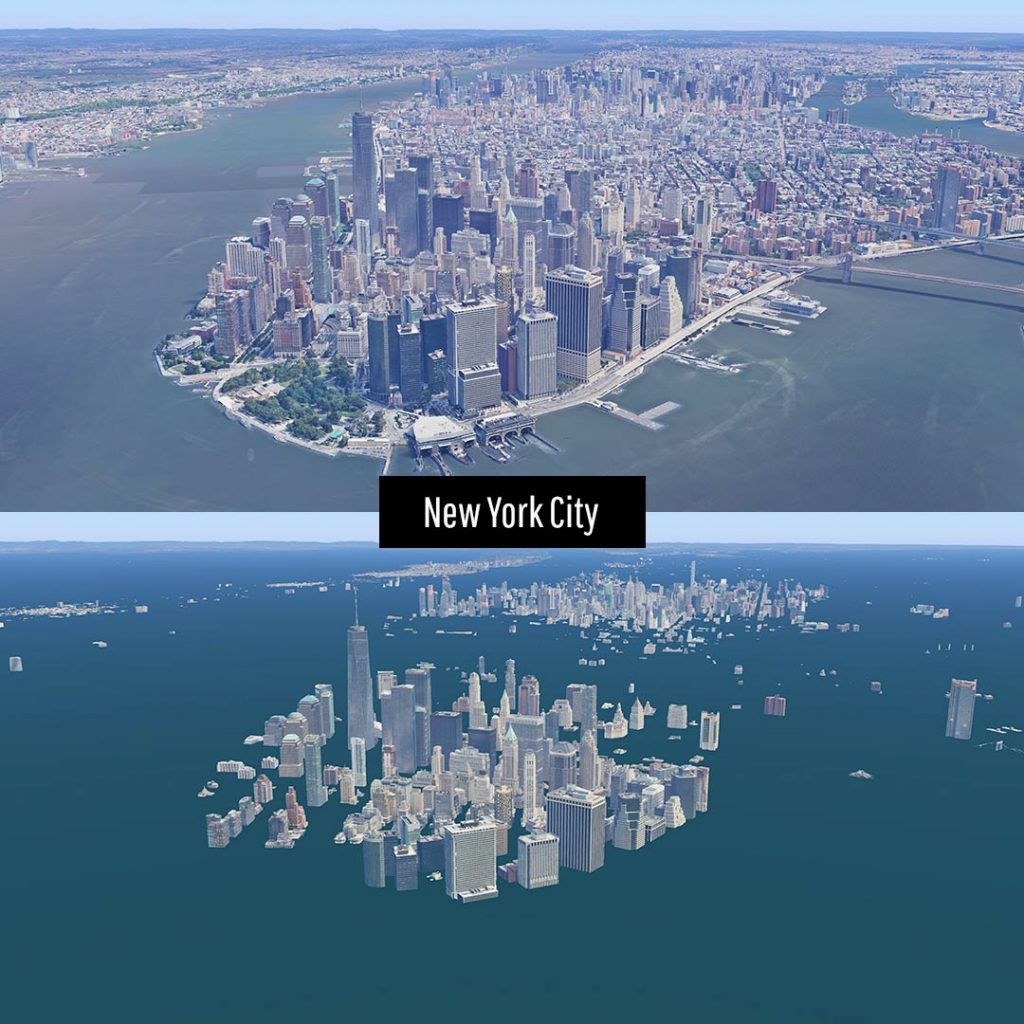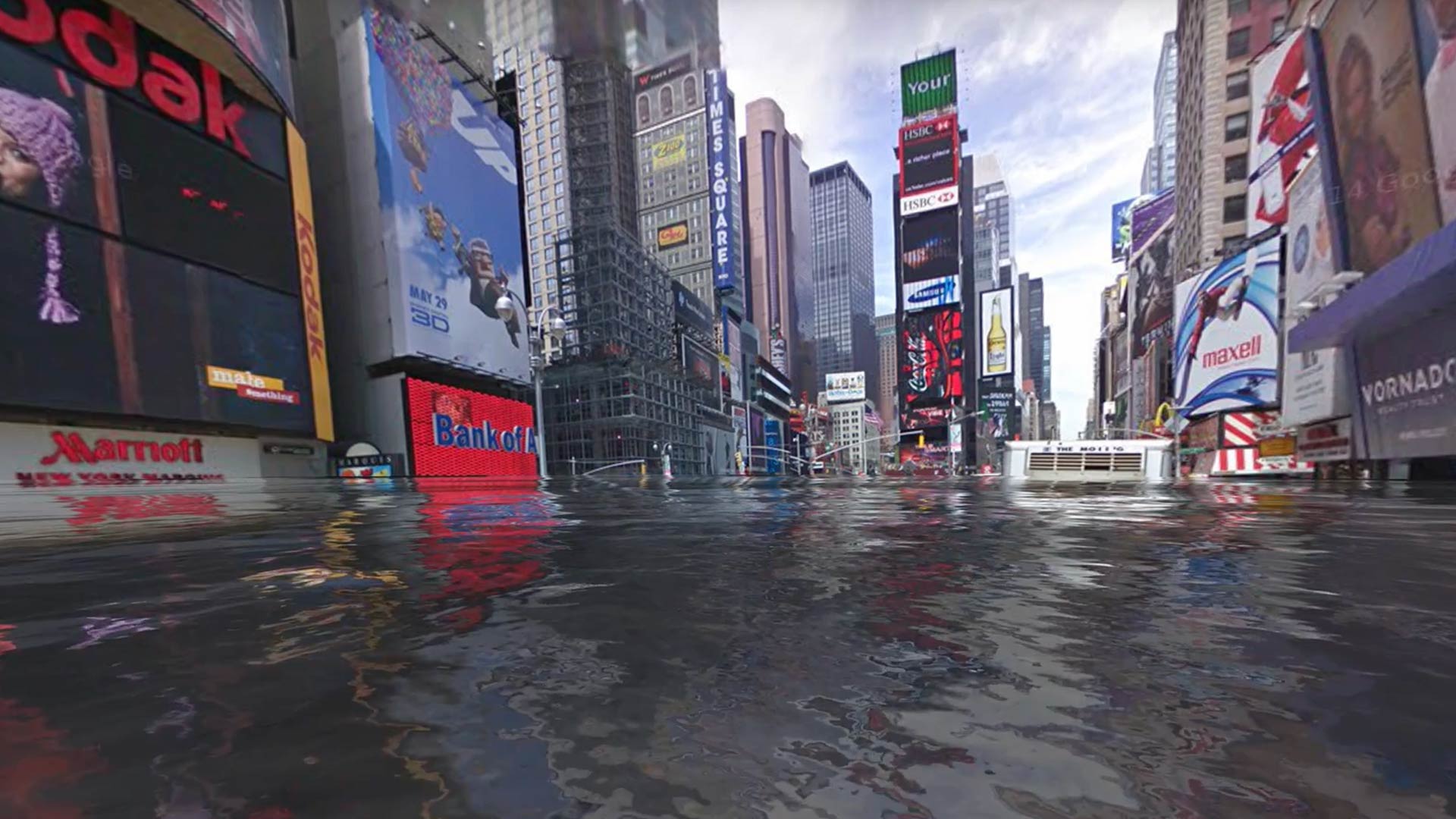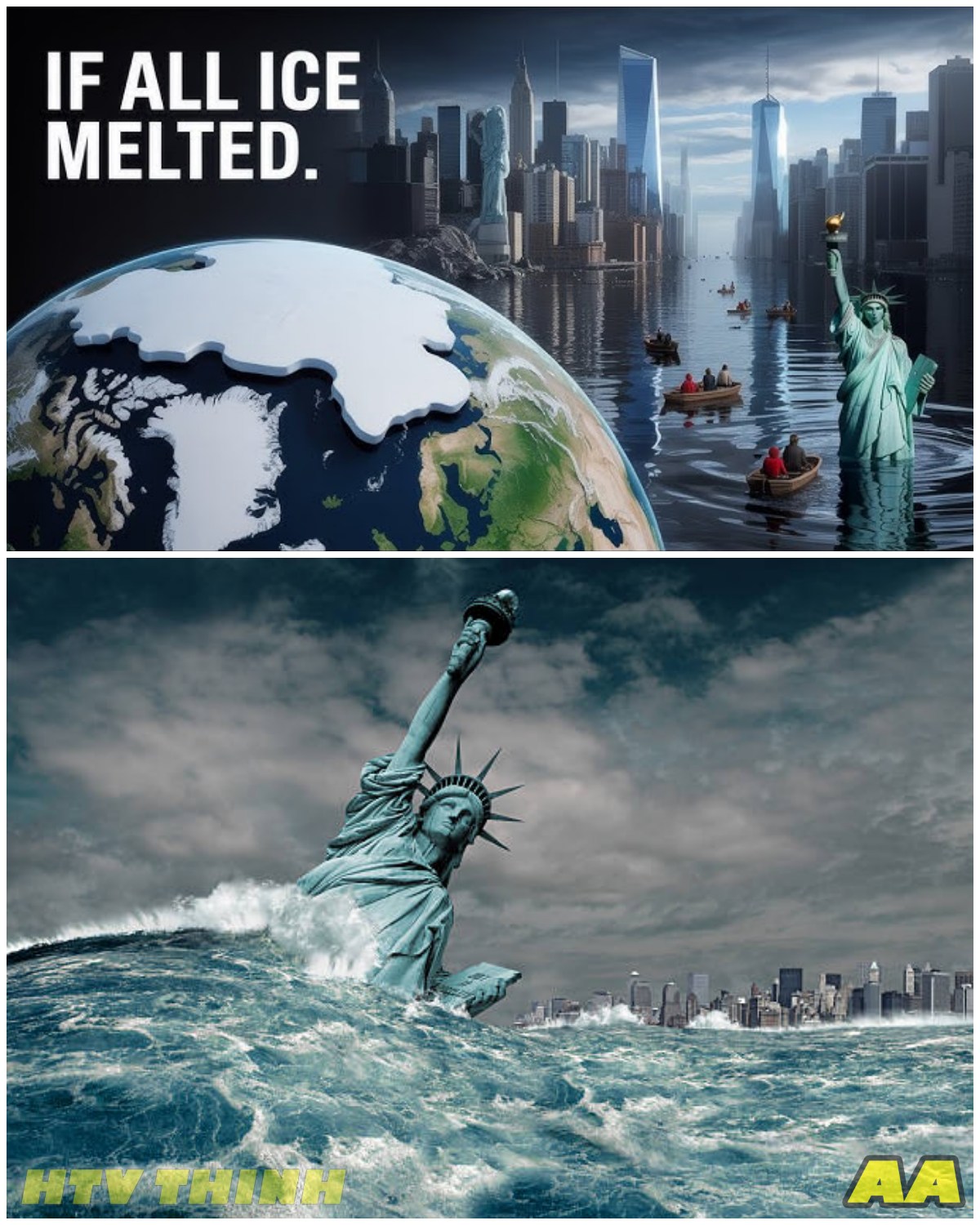 What Would Happen If All the Ice on Earth Melted? The Shocking Transformation of Our Planet Revealed in Jaw-Dropping Detail!
What Would Happen If All the Ice on Earth Melted? The Shocking Transformation of Our Planet Revealed in Jaw-Dropping Detail!

As the planet warms due to climate change, the ice that has graced our Earth for millennia is beginning to melt at an alarming rate.
From the Arctic ice cap to the vast glaciers of Antarctica, these icy giants are not just beautiful natural wonders; they play a crucial role in regulating our climate and supporting ecosystems worldwide.
But what happens when these ice reserves disappear? The implications are profound and far-reaching, affecting everything from global sea levels to weather patterns and biodiversity.
First and foremost, let’s address the most immediate consequence: rising sea levels.
According to scientists, if all the ice on Earth were to melt, global sea levels could rise by approximately 216 feet (about 66 meters).
This staggering increase would submerge coastal cities around the world, displacing millions of people and fundamentally altering the geography of our planet.
Iconic cities like New York, Miami, London, and Tokyo would find themselves underwater, with only the tallest skyscrapers peeking above the waves.
The economic and social ramifications of such a disaster would be catastrophic, creating climate refugees and straining resources in regions that are already vulnerable.
But the effects of melting ice extend beyond just rising sea levels.
The loss of polar ice caps would also disrupt ocean currents, which play a critical role in regulating the Earth’s climate.

These currents are driven by differences in temperature and salinity, and the influx of freshwater from melting ice would alter these dynamics, potentially leading to more extreme weather patterns.
We could see an increase in hurricanes, droughts, and heatwaves, as well as shifts in ecosystems that have evolved over thousands of years.
Ecosystems themselves would face unprecedented challenges.
Polar bears, seals, and other species that rely on ice for their habitat would find themselves in dire straits.
As their hunting grounds disappear, they would struggle to survive, leading to a decline in populations and even extinction for some species.
Meanwhile, marine ecosystems would experience upheaval as the influx of freshwater alters salinity levels, impacting fish populations and the delicate balance of life in our oceans.
The melting of ice also has implications for global weather patterns.
The Arctic region acts as a cooling system for the planet, and without its ice, we could see more extreme temperature fluctuations.
This could lead to unpredictable weather, with some regions experiencing intense heat while others face unseasonable cold.
The consequences would ripple through agriculture, water supply, and human health, as communities grapple with the challenges posed by an unstable climate.
Furthermore, the melting ice reveals ancient carbon stores buried beneath the permafrost.

As temperatures rise, this carbon is released into the atmosphere in the form of carbon dioxide and methane, two potent greenhouse gases.
This feedback loop could accelerate climate change, pushing us further down a path of environmental destruction.
The release of these gases could lead to even higher global temperatures, exacerbating the very issues we are trying to combat.
While the scenario of a completely ice-free Earth may seem daunting, it is essential to recognize that we still have the power to change our trajectory.
By reducing greenhouse gas emissions, transitioning to renewable energy sources, and implementing sustainable practices, we can mitigate the effects of climate change and protect our planet for future
generations.
The choices we make today will determine the world we leave behind, and it is crucial that we act with urgency and purpose.
In conclusion, the potential consequences of a world without ice are both staggering and sobering.

From rising sea levels and disrupted ecosystems to extreme weather and the release of ancient carbon stores, the impact of melting ice would reshape our planet in ways we can hardly imagine.
As we confront the reality of climate change, we must remember that our actions matter.
The future of our planet hangs in the balance, and it is up to us to ensure that the Earth remains a vibrant and habitable home for generations to come.
The time to act is now, before the ice melts away forever.
